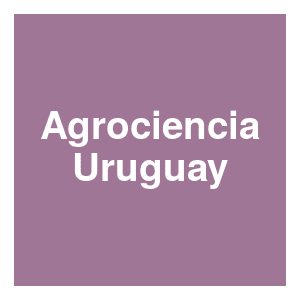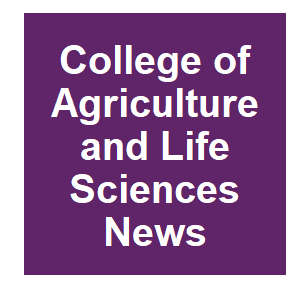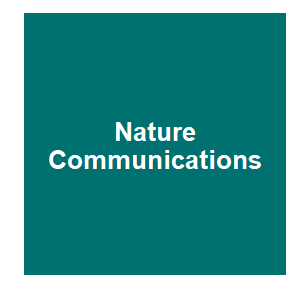
Keywords: hominivorax

|
Zombie Deer and the Scientists Behind the War on the ‘Man Eater’S. Jones, NC STATE CALS News, 2022.
In the remote jungles of the Panama-Colombia border, sterile flesh-eating flies fall from the sky in the thousands. Released from retired military planes, they embark on a suicide mission for their species, with the sole purpose of duping their female counterparts into mating ... Keywords: Cochliomyia, gene drive synthetic, genetic biocontrol, Genetics &, genomics, hominivorax, screwworm, SIT, sterile insect technique |

|
Historical perspective and new avenues to control the myiasis-causing fly Cochliomyia hominivorax in Uruguay.Fresia P, Pimentel S, Iriarte V, Marques L, Durán V, Saravia A, Novas R, Basika T, Ferenczi A, Castells D, Saporiti T, Cuore U, Losiewicz S, Fernández F, Ciappesoni G, Dalla-Rizza M and M. A., Agrociencia Uruguay, 25:e974. 2021.
Mosca de la bichera’ or simply ‘bichera’ are common names given in Uruguay and the region to the primary myiasis-causing species Cochliomyia hominivorax, the New World Screwworm (NWS) fly (Diptera: Calliphoridae). Myiasis happens when dipteran larvae infest live animals at ... Keywords: Cochliomyia, gene drive synthetic, genetic biocontrol, Genetics &, genomics, hominivorax, screwworm, SIT, sterile insect technique |

|
ARS Science Key to Stopping ‘Man-Eating’ ParasiteS. Elliott, Tellus, 2021.
Screwworm infestations were once prevalent in the United States, with 230,000 cases reported in 1935 alone. ARS scientists Edward Knipling and Raymond Bushland conceived and developed the sterile insect technique (SIT) to control and eradicate screwworms. With SIT, sterilized ... Keywords: Cochliomyia, gene drive synthetic, genetic biocontrol, Genetics &, genomics, hominivorax, screwworm, SIT, sterile insect technique |

|
Study Could Lead to Power Over ParasiteD. Shore, , 2020.
Scientists have long had a name for a gruesome insect that feeds on live flesh of warm-blooded mammals: C. hominivorax, Latin for “man eater.” But now, they have the parasite’s number. In a paper published this week in the journal Communications Biology, researchers from ... Keywords: Cochliomyia, gene drive synthetic, genetic biocontrol, Genetics &, genomics, hominivorax, screwworm, SIT, sterile insect technique |

|
Genomic analyses of a livestock pest, the New World screwworm, find potential targets for genetic control programsM. J. Scott, J. B. Benoit, R. J. Davis, S. T. Bailey, V. Varga, E. O. Martinson, P. V. Hickner, Z. Syed, G. A. Cardoso, T. T. Torres, M. T. Weirauch, E. H. Scholl, A. M. Phillippy, A. Sagel, M. Vasquez, G. Quintero and S. R. Skoda, Nature Communications, 3:424. 2020.
We identify and analyze the expression of genes that are likely important for host-seeking behavior (chemosensory), development of larvae in open wounds in warm-blooded animals (heat shock protein, immune response) and for building transgenic strains for genetic control programs ... Keywords: Cochliomyia, gene drive synthetic, genetic biocontrol, Genetics &, genomics, hominivorax, screwworm, SIT, sterile insect technique |

Contact
David O’Brochta
Foundation for the
National Institutes of Health
geneconvenevi@fnih.org
RSS

